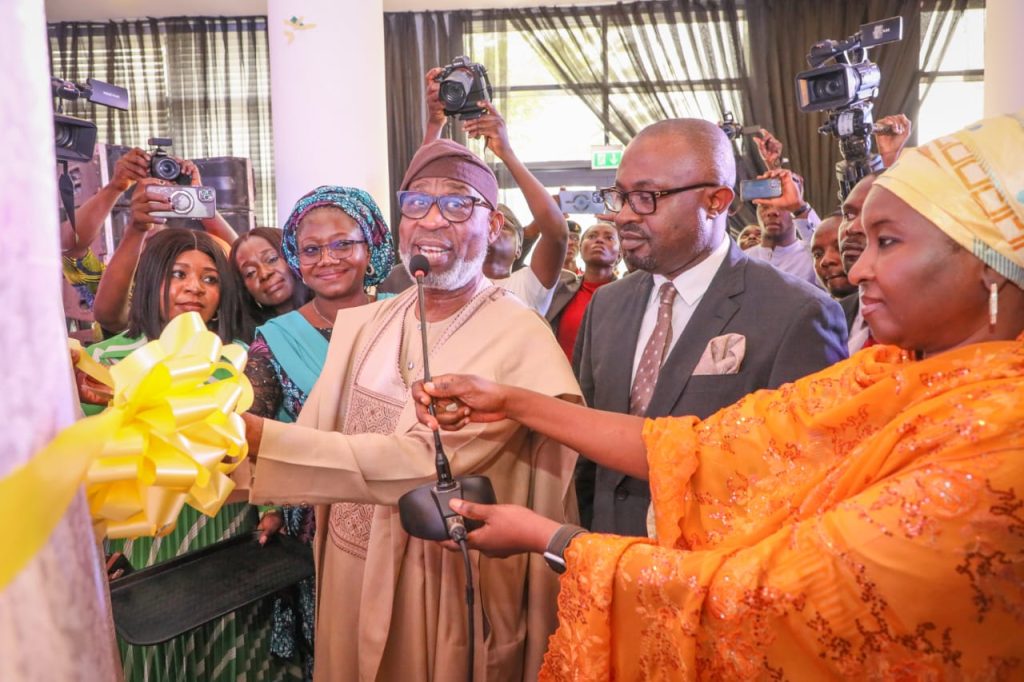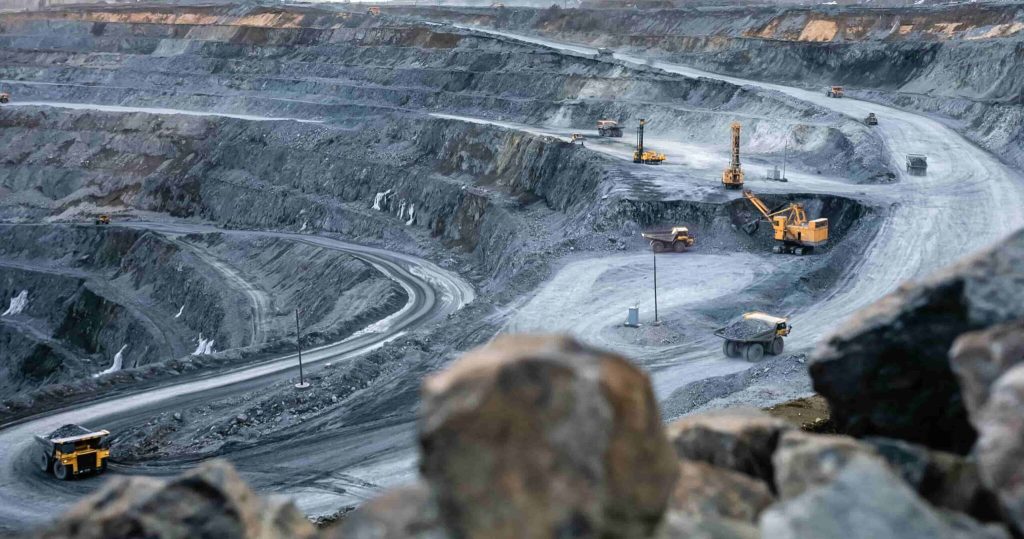With over 44 solid minerals in commercial quantities across its 36 states and the Federal Capital Territory, Nigeria’s mining sector promises to diversify its oil-dependent economy.
However, this potential remains largely untapped, contributing a mere 0.3% to the GDP in 2020, a figure that starkly contrasts with the sector’s capacity to contribute up to 10% of the GDP by 2026 according to government projections.
The challenges hindering this growth are multifaceted, but two issues stand out in their urgency and complexity: the environmental and social impacts of mining, and the critical shortage of skilled manpower. These twin crises not only threaten the sector’s growth but also jeopardise Nigeria’s path to sustainable development.
The environmental toll of mining in Nigeria is staggering. A 2018 study by the Journal of Degraded and Mining Lands Management revealed that over 80% of mining operations in Nigeria are carried out by artisanal and small-scale miners, often with little regard for environmental regulations.

This has led to widespread deforestation, with Nigeria losing about 350,000 hectares of forest annually, partly due to mining activities. Water pollution is another critical concern, with a 2019 report by the Nigerian Environmental Society indicating that over 60% of water bodies in mining communities are contaminated with heavy metals.
The human cost is equally alarming. According to a report on occupational respiratory diseases, there is a high prevalence of respiratory diseases among gold miners, with asthma being 37.5% followed by pneumonia (14.3%) and bronchitis. A 2020 report by the Nigerian Bureau of Statistics shows that communities near mining sites experience a 30% higher incidence of respiratory diseases compared to the national average. Moreover, the displacement of local communities has become a recurring issue, with an estimated 100,000 people forced to relocate due to mining activities in the past decade alone.
Compounding these challenges is the acute shortage of skilled professionals in the mining sector. A 2021 survey by the Nigerian Mining and Geosciences Society revealed that only 40% of mining companies in Nigeria have access to the specialised skills required for modern mining operations. These skills gap not only hampers productivity but also exacerbates safety concerns. The same survey reported that mines with a higher proportion of skilled workers experienced 50% fewer accidents compared to those relying primarily on unskilled labour.
To navigate this complex terrain, Nigeria needs a holistic, forward-looking approach that balances economic benefits with environmental and social costs. Sustainable mining must be at the forefront of this strategy and this involves adopting environmentally friendly technologies, implementing robust environmental impact assessments, and enforcing strict regulations.
The Nigerian Minerals and Mining Act of 2007 provides a framework for this, but its implementation has been lacklustre. Strengthening enforcement mechanisms and increasing penalties for non-compliance could significantly improve the situation.
Nigeria must also invest heavily in human capital development. The establishment of the Nigerian Institute of Mining and Geosciences in 2019 was a step in the right direction, but more is needed. Expanding mining-related programs in universities, offering scholarships, and facilitating industry-academia partnerships could help bridge the skills gap. The success of similar initiatives in countries like Chile, where targeted education programs led to a 40% increase in skilled mining professionals over a decade, offers a promising model.
Furthermore, the government should create an enabling environment for the sector. This includes streamlining regulations, improving infrastructure, and ensuring security. The recent launch of the ‘Integrated Automation and Interactive GIS Web Portal’ by the Ministry of Mines and Steel Development is a positive move towards transparency and ease of doing business in the sector.
The choices made today in Nigeria’s mining sector will shape its trajectory for generations to come and we must prioritise sustainability, invest in human capital, and create a conducive business environment, so Nigeria can unlock the full potential of its mineral wealth.
Nigeria must embrace climate-smart mining, as championed by the World Bank, which encompasses climate mitigation, adaptation, and the reduction of material impacts while creating new market opportunities. These efforts must be grounded in strong governance and a robust regulatory framework, ensuring full gender inclusivity and multi-stakeholder engagement.

Such foundational elements are vital to greening the entire mineral and mining sector value chain—from the energy and water inputs required for mining and processing, to the choice of technology and materials, to the management of by-products and waste. Furthermore, they include safeguarding the environment and ecosystem, fostering climate adaptation, and building resilient livelihoods for local host communities, all of which contribute to sustainable development.
Nigeria must also re-evaluate its energy policy and masterplan, particularly the prioritisation of minerals within the sector, with a view to delisting coal due to the significant environmental and carbon footprint associated with its extraction and combustion. Additionally, the country must enhance the basic Environmental Impact Assessment (EIA) and Social Impact Assessment (SIA) standards for artisanal mining operations, including sand quarrying, across the nation.
This balanced approach could see mining’s contribution to GDP rise to 5% by 2025, as projected by the Nigeria Industrial Revolution Plan while safeguarding the environment and uplifting communities.
Our approach to mining should be one of responsibility, transforming its mineral wealth into a lasting legacy of environmental stewardship and shared prosperity. Nigeria must mine its future responsibly, and turn its mineral wealth into a legacy of environmental stewardship and prosperity.

